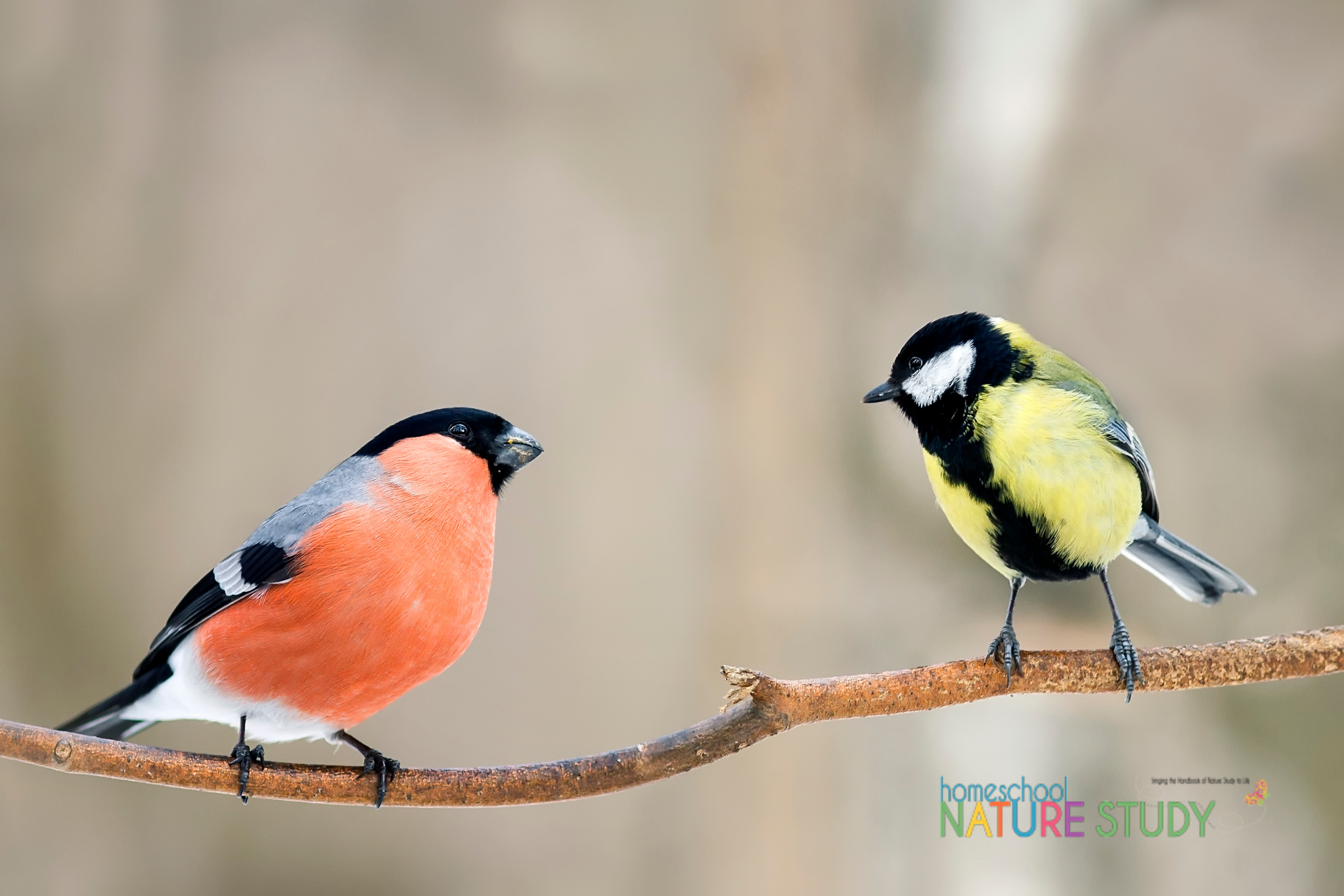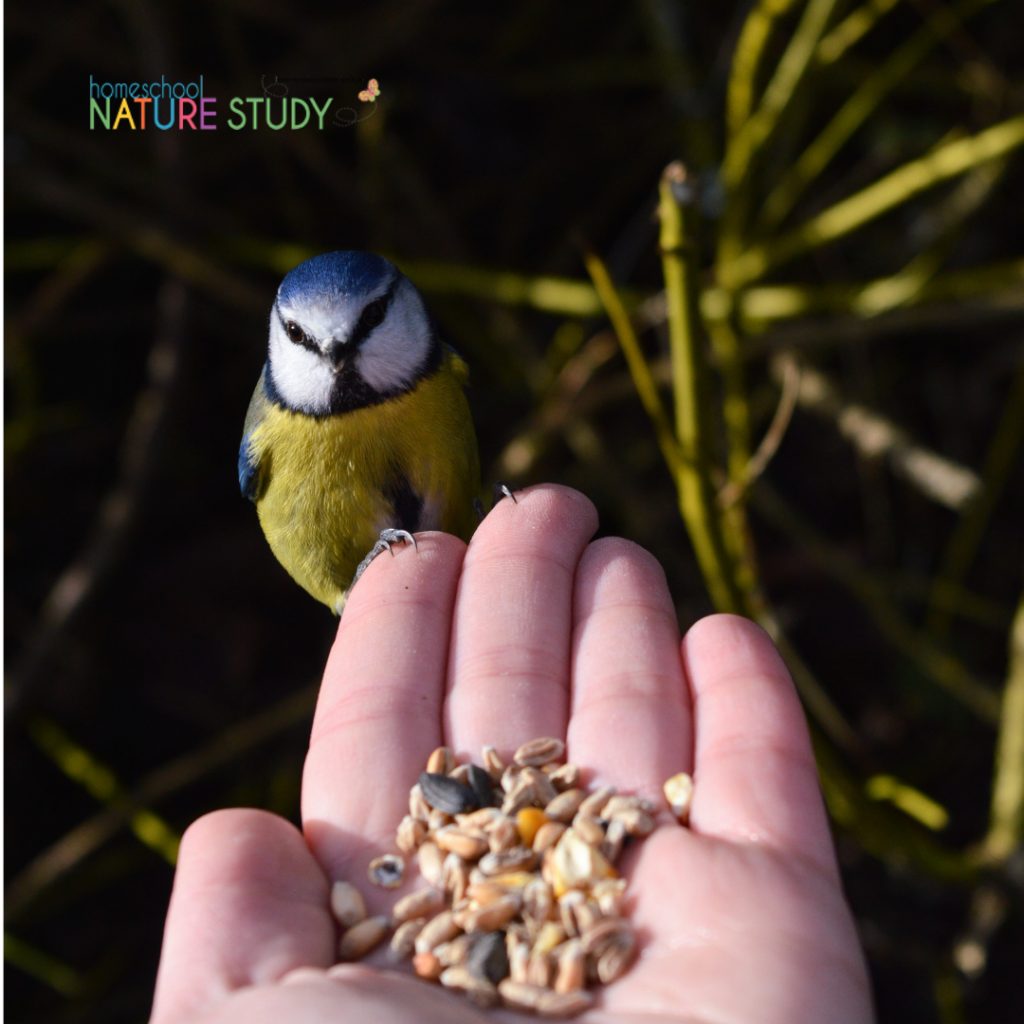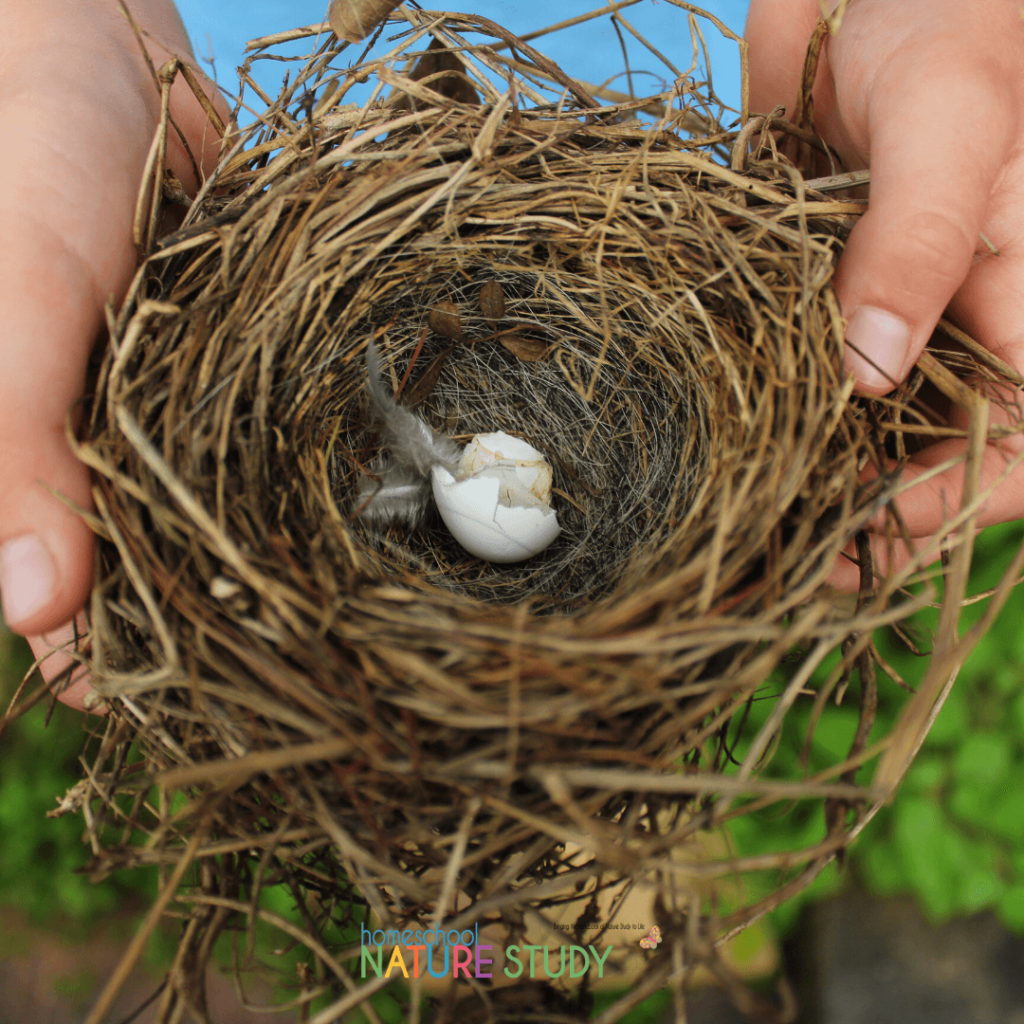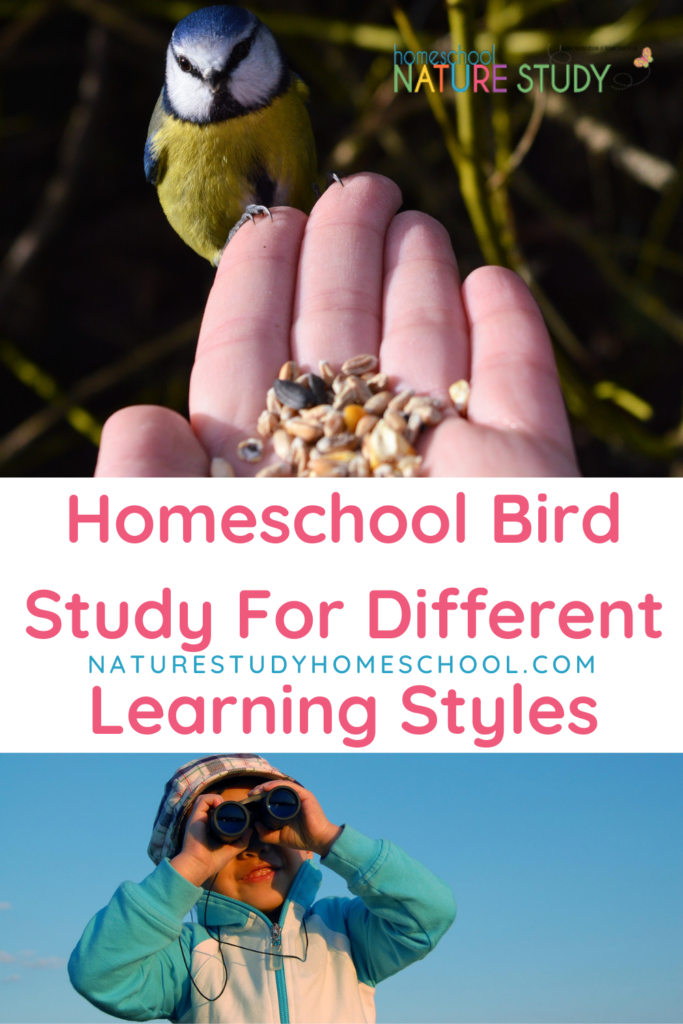
This homeschool bird study for different learning styles is a wonderful example of how nature study can benefit any child. It allows you to provide a variety of experiences to tap into their natural learning style and complete a bird study all along the way!
Making Nature Study Easy: Adapt to Your Child’s Interests
Are you struggling with making your nature study meaningful for your family? Have your attempts to begin a nature study plan with your children failed because of their bad attitudes or lack of interest? Do you feel like nature study is just another academic subject that you need to check off your list?
You are not alone. I think many of us have tried to make nature study a regular routine in our homeschooling week but ended up throwing in the towel because it was just too hard to get into a rhythm.
Our Different Homeschool Learning Styles
I’m a mom of four children, one daughter and three sons. I found it impossible to make every study interesting for every child when it came to nature study. As a homeschooling mom, I attempted to educate myself in ways to offer subjects to my children that met their needs and interests, strengths, and skills.
I found nature study to be most successful when you allow your children to make connections that are meaningful and fit their style of learning. I was more successful when I offered a variety of activities to appeal in some way to their personal interests. (You can read more about the concept of addressing the various ways we learn here: Multiple Intelligences.)

Homeschool Bird Study For Different Learning Styles
Here is a specific example of this kind of customized learning for you to think about and adapt to your family with a Homeschool Bird Study For Different Learning Styles:
- Musical Learner: Enjoys listening to and learning to imitate bird calls. Easily identifies a bird by its call. Writes a song about birds.
- Verbal-Linguistic: Records a birding experience in a nature journal using words or tells a story about the nature walk. Writes or copies a poem about a bird into their nature journal. Learns the Latin names of birds as well as the common names. Reads the biography of Audubon.
- Mathematical-Logical: Tallies birds at a feeder. Keeps a running list of birds seen over a period of time in a nature journal. Collects bird feathers and categorizes them into groups. Studies migratory maps and learns where local birds go for the winter. Learns all the state birds. Experiments with different kinds of bird seed to see which ones particular birds like best. Participates in citizen science projects like the Great Backyard Bird Count and Project Feederwatch.
- Visual-Spatial: Makes a model of a bird from clay. Sketches a bird in their nature journal. Notices the differences between birds: beaks, wing shapes, tail shapes, size. Builds a birdhouse. Designs and builds their own birdfeeder. Constructs a bird blind in order to observe birds.

- Kinesthetic: Loves to take a walk and look for birds using binoculars. Climbs a tree to find a bird’s nest or just experience a “bird’s eye” view. Hangs a bird feeder and keeps it full. Plants a bird garden.
- Interpersonal: Joins a birding group and learns from the more experienced birders about their local area. Volunteers at a bird reserve with a friend. Organizes a field trip to a bird aviary for their co-op.
- Intrapersonal: Spends quiet time outdoors observing birds, perhaps recording their experiences in their own nature journal that they don’t share with others. Has a pet bird.
- Naturalist: Enjoys lots of time outdoors looking for birds and learning their life cycles. Learns the names of birds, keeps a bird life list, learns the calls, and keeps a nature journal. Easily remembers the names of birds and their habits. Has a collection of bird’s feathers, bones, and nests.
- Existential: Learns about endangered species of birds. Spends time contemplating a bird’s life cycle. Keeps a journal of their thoughts about birds and how they fit into the web of life on the earth.
If you’re struggling with deciding what your child’s learning style is, be patient and if all else fails, ask them what they want to do for nature study. You could share some of the ideas in the printable referenced below as a way to introduce new and fresh ideas.
It’s really a case of trial and error until you have it all figured out.

Homeschool Nature Study Membership for All Learning Styles
Specific ideas for adapting nature study are in the printable Multiple Intelligences and Grid Study in the Homeschool Nature Study Membership in the Resources course. Topics covered include mammals, reptiles, wildflowers, astronomy, insects, trees, weather, and invertebrates. This set of pages has ideas for ways to adapt nature study to fit your child’s style of learning.
Try applying the principle of this Homeschool Bird Study For Different Learning Styles to any nature study subject. You’re only limited by your imagination.

